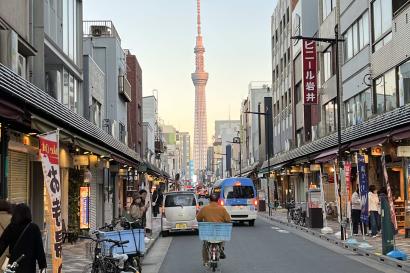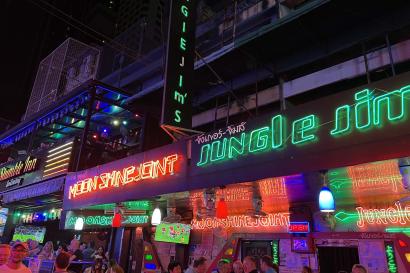Well, I'm back! I just hit "needs review" on my Tsukiji post and went straight for this one. Luckily, it's a nice 4:57, which is definitely under 5 minutes, and I managed to abuse the fast-forward tool much less, after learning from my mistakes. Though, I'll have to fix this peaking mic and blurry movement somehow in the near future.
Asakusa is quite a tourist destination! Bulks of tourists are around, speaking various languages, but also there are a lot of locals that come as well, and it's a good experience. For foreigners, though. I would have to say that I don't know if it is so from the locals' point of view. A fellow classmate rightly pointed out that it is possible that we could be possibly loudly and rudely intruding, having a good time at the expense of others.
But, a small lesson that took me the entirety of the day to learn, that I did not iterate in my video! This is a shrine, not a temple. The difference is that shrines come from Shintoism and temples come from Buddhism. One of the easiest ways to tell the difference is to look for the archway, generally a tell-tale sign of a temple. In Japanese, the words are "jinja" and "otera," respectively. For a shrine, you will often here Jingu in the name, as well. However, it should be noted that you may often find both Buddhism and Shintoism in the same space (pagodas in a shrine, for example), as they did melt together at some point. This has been a quick, simplified, and watered-down history, but it should help in distinguishing shrines from temples!
Anyways, I ate much more food than I should have--sakura flavored ice cream (I didn't mention the flavor in the video), mitarashi dango, and famous melonpan! I actually didn't buy anything that day besides food and a fortune, which I had actually cut out of the video due to length. Thus, food and the omotesando is featured heavily in this video, and we venture further into the shrine with incense and fortunes, before heading out for the famous melonpan!
A parting tip before I head on my way to the massive amounts of readings I have to do: when going to a jinja, firstly you purify yourself by washing your hands at the fountain with the long-handled cup. You draw water into the cup and pour it over your right, then left hand, then bring the water up to your mouth with your hand. Then, you pour the water out of the cup by holding it vertically, handle down, so the water drips down the handle. The Asakusa shrine also has incense burning, and you waft this towards you, though I'm unsure where in the process this falls. When going up to the bells, you throw in money, 5 yen being ideal for luck, and then grab the rope and ring the bell. Bow twice, then clap twice, and make your prayer! Many thanks to the e-Pals for teaching us how to do this! Let me know if I've somehow detailed this process wrong as well, because that could be likely.
That's all for this history lesson! Time to procrastinate into October blogs!

Tiffany Sun
<p>Live every day to the fullest! I'm a proud Eph of Williams College, travelling around Tokyo and wherever else Japan may take me! I hope you'll stick around to see what I do, whether it's eating my weight in food or crying over my tests. Trust me, I'll be doing plenty of both.</p>







